
Autumn brings a lot of changes beyond the leaves. Kids may be going back to the classroom full time and adults might be headed back to the office after more than a year largely spent at home. But one part of fall never seems to change: the sniffles, coughs and sneezes of allergies. And while we still have some summer left, allergy season is already here.
“It’s a trifecta this time of year,” said David Stukus, M.D., a pediatric allergy and asthma specialist at Nationwide Children’s Hospital in Columbus, Ohio and associate professor of pediatrics at the Ohio State University College of Medicine. “The most common cause is circulating viral infections as kids go back to school,” Stukus says. “The other would be changes in the weather pattern, which can cause worsening symptoms that are often preexisting. We have ragweed and mold spores, especially on rainy days and when the leaves collect in the fall.”
Things might not be much better indoors for those with dust mite or other environmental allergies. As temperatures drop and the windows are closed, those allergy symptoms can get worse.
Depending on the symptoms and cause, the course of treatment might include use of a humidifier or dehumidifier. Here’s how each could help:
Humidifier: “For people with chronic nasal congestion or postnasal drip, we’ll often recommend running a humidifier in the bedroom at night,” Stukus says. Only use water in the dehumidifier, he says. “We never recommend putting any kind of medicine, herbal treatment or essential oils inside a humidifier,” Stukus says. “Diffusing medicine through these products can cause irritation of the skin, nose and lungs.” The American Academy of Allergy, Asthma and Immunology recommends only using distilled or demineralized water in humidifiers, as the minerals in tap water can increase bacteria growth and produce a dust that makes symptoms worse. Use the humidifier in the room in which you spend the most time. Typically, that means the bedroom. Clean the humidifier regularly to avoid mold and mildew development, which can make symptoms worse.
Dehumidifier: Those who have allergies to dust mites will want to aim for a less humidity, as the microscopic mites tend to thrive in a humid environment. A dehumidifier can help. “If they have high humidity levels in their home or obvious mold growth, that would be a good indication to get a dehumidifier,” Stukus says. AAAAI suggests keeping the humidity level in your home between 30 and 45 percent.
There’s no single course of treatment for allergies, so it’s essential to see a physician who can conduct the proper examination and testing to find out what’s causing the symptoms. Don’t try to self-diagnose. “[Diagnosis is] complicated and highly individualized,” Stukus says. “You really need to know what’s going on with that person to provide the best course of treatment.”
Looking for a way to remove some of the pollen and allergens from the indoor air? Room air cleaners certified through AHAM’s certification program have been certified and verified by an independent laboratory, assuring consumers that the product will perform according to the manufacturer’s product claims for suggested room size and the reduction of three common household particulates: tobacco smoke, dust and pollen, commonly referred to as the Clean Air Delivery Rate (CADR).

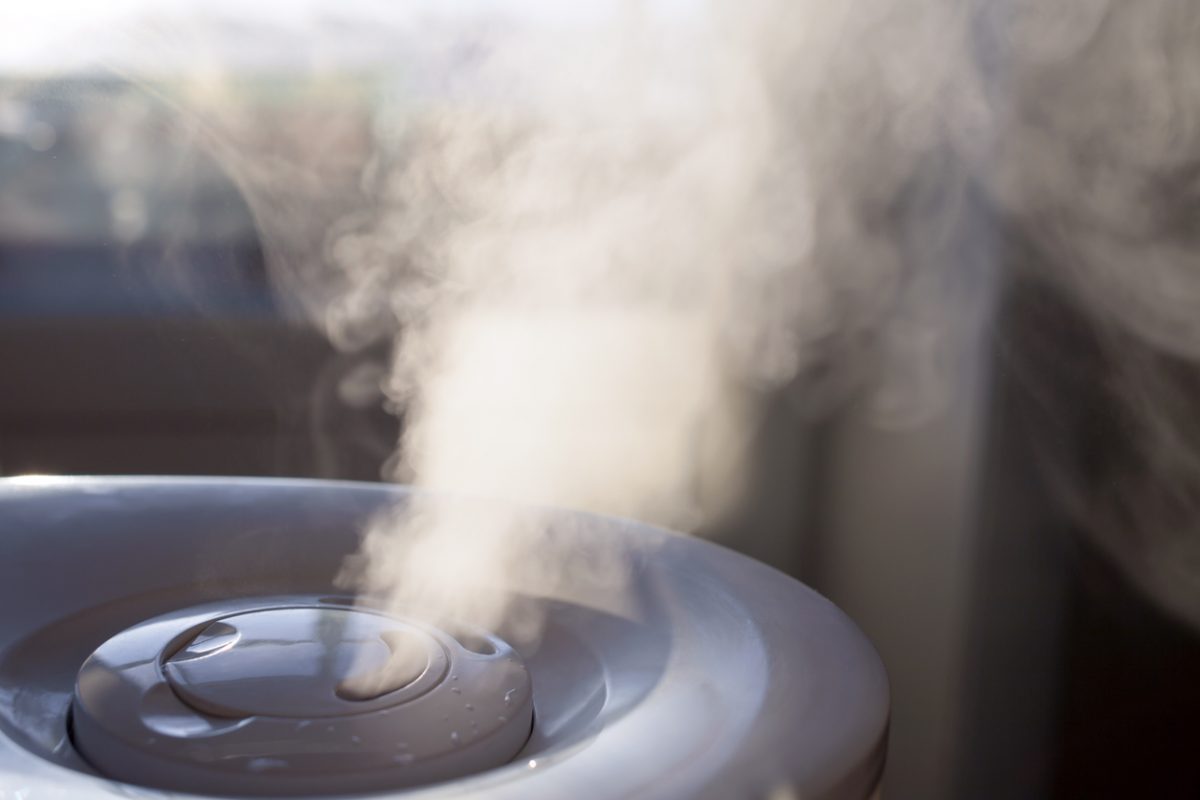
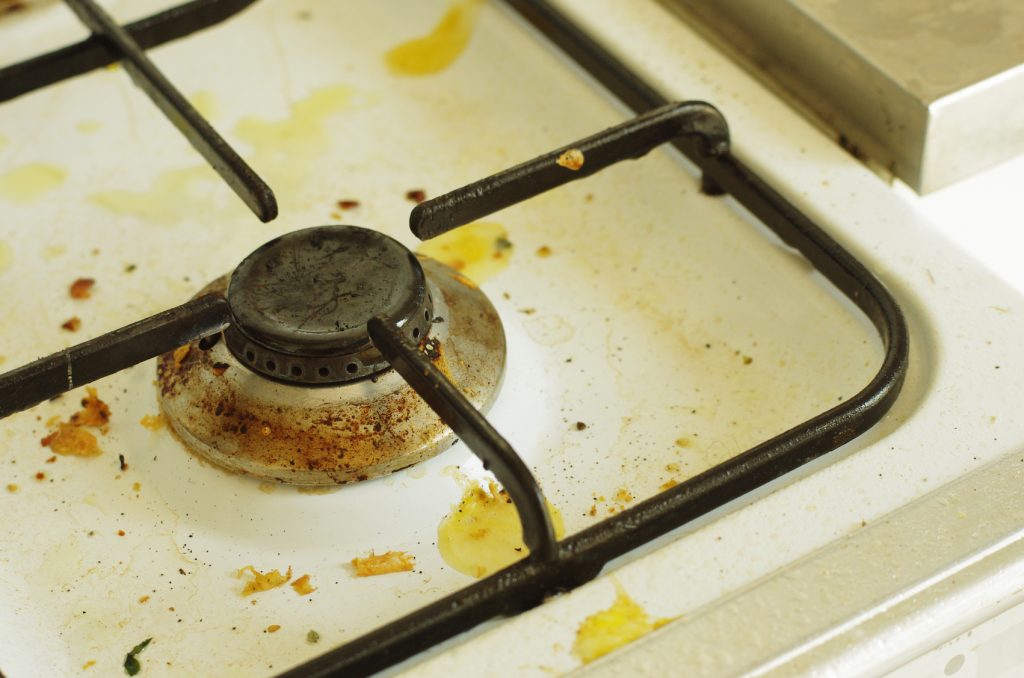



 Autumn is normally a time when appliance shoppers think ahead to the holiday season and try to purchase new appliances before guests arrive and families gather for a holiday meal. But this isn’t a normal time, and as anyone in the market for a major appliance has probably heard, they might have to wait additional weeks before their preferred appliance model can be delivered. The slowdown is a result of many factors, including the COVID-19 pandemic, which has increased demand for appliances as consumers, who are spending more time than ever at home, are taking steps to bring
Autumn is normally a time when appliance shoppers think ahead to the holiday season and try to purchase new appliances before guests arrive and families gather for a holiday meal. But this isn’t a normal time, and as anyone in the market for a major appliance has probably heard, they might have to wait additional weeks before their preferred appliance model can be delivered. The slowdown is a result of many factors, including the COVID-19 pandemic, which has increased demand for appliances as consumers, who are spending more time than ever at home, are taking steps to bring 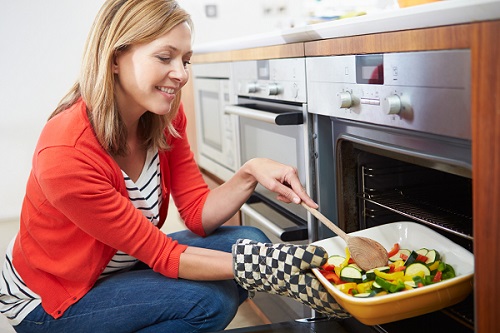
 From making healthy eating easier to cutting down on sneeze-inducing allergens, appliances can be used to drive healthy habits and create a healthier home environment. Here are five ways home appliances can be used to make your home healthier today:
From making healthy eating easier to cutting down on sneeze-inducing allergens, appliances can be used to drive healthy habits and create a healthier home environment. Here are five ways home appliances can be used to make your home healthier today: Grilling on Independence Day is a tradition for many. And while the aroma of grilled food wafting through backyards and neighborhoods is a time-honored part of the July 4th experience, cooking outdoors isn’t always an option. The good news is you can still create plenty of culinary fireworks right in your kitchen. We talked with Chef Thomas J. “TJ” Delle Donne, assistant dean of culinary relations and special projects at Johnson and Wales University in Providence, Rhode Island, to get his insights on planning and executing a Fourth of July meal without the grill.
Grilling on Independence Day is a tradition for many. And while the aroma of grilled food wafting through backyards and neighborhoods is a time-honored part of the July 4th experience, cooking outdoors isn’t always an option. The good news is you can still create plenty of culinary fireworks right in your kitchen. We talked with Chef Thomas J. “TJ” Delle Donne, assistant dean of culinary relations and special projects at Johnson and Wales University in Providence, Rhode Island, to get his insights on planning and executing a Fourth of July meal without the grill.
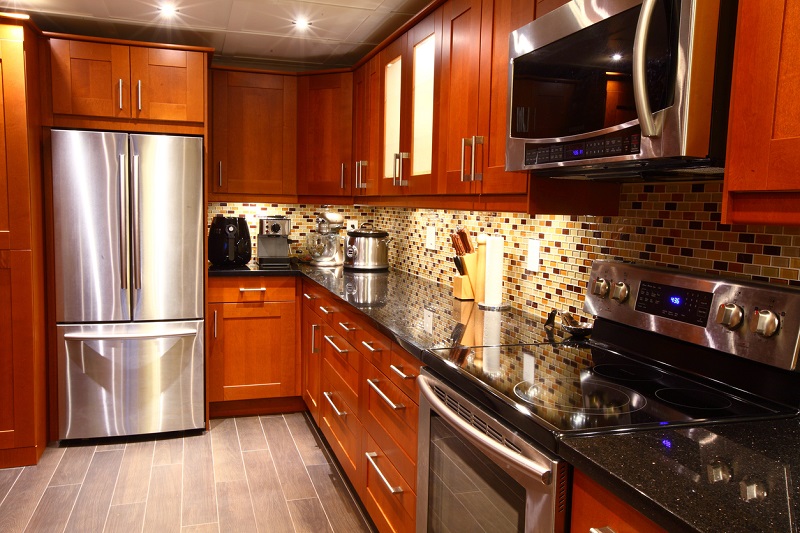
 What comes to mind when you think about the kitchen of the future? Robotic servers? Automated cleanup?
What comes to mind when you think about the kitchen of the future? Robotic servers? Automated cleanup?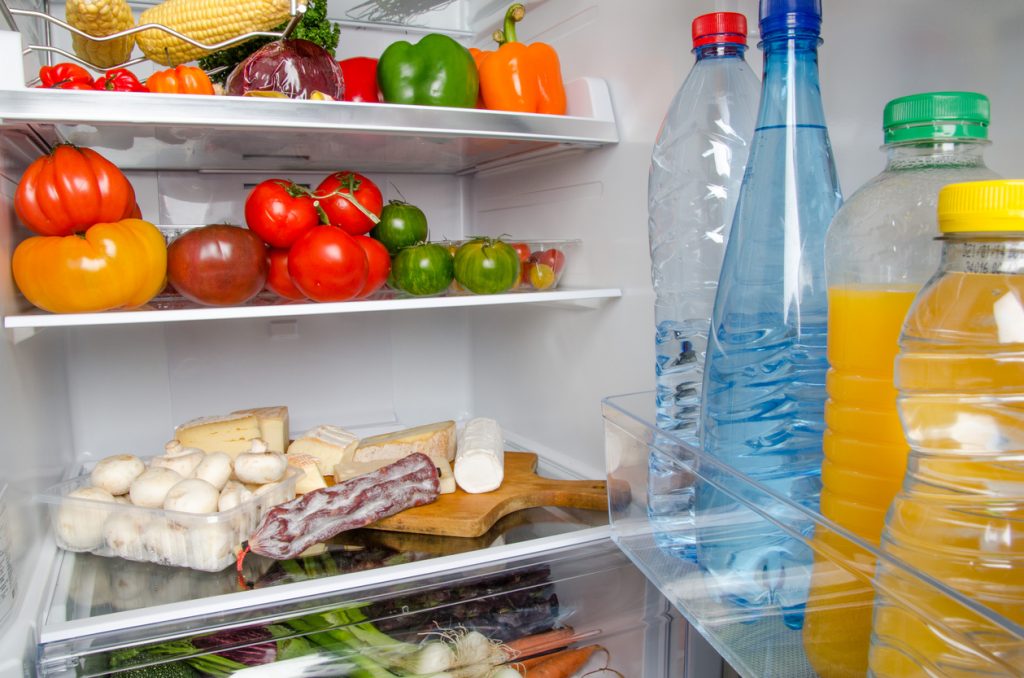

 Paula Kennedy, Timeless Kitchen Design, Seattle
Paula Kennedy, Timeless Kitchen Design, Seattle Toni Sabatino, Toni Sabatino Style, New York
Toni Sabatino, Toni Sabatino Style, New York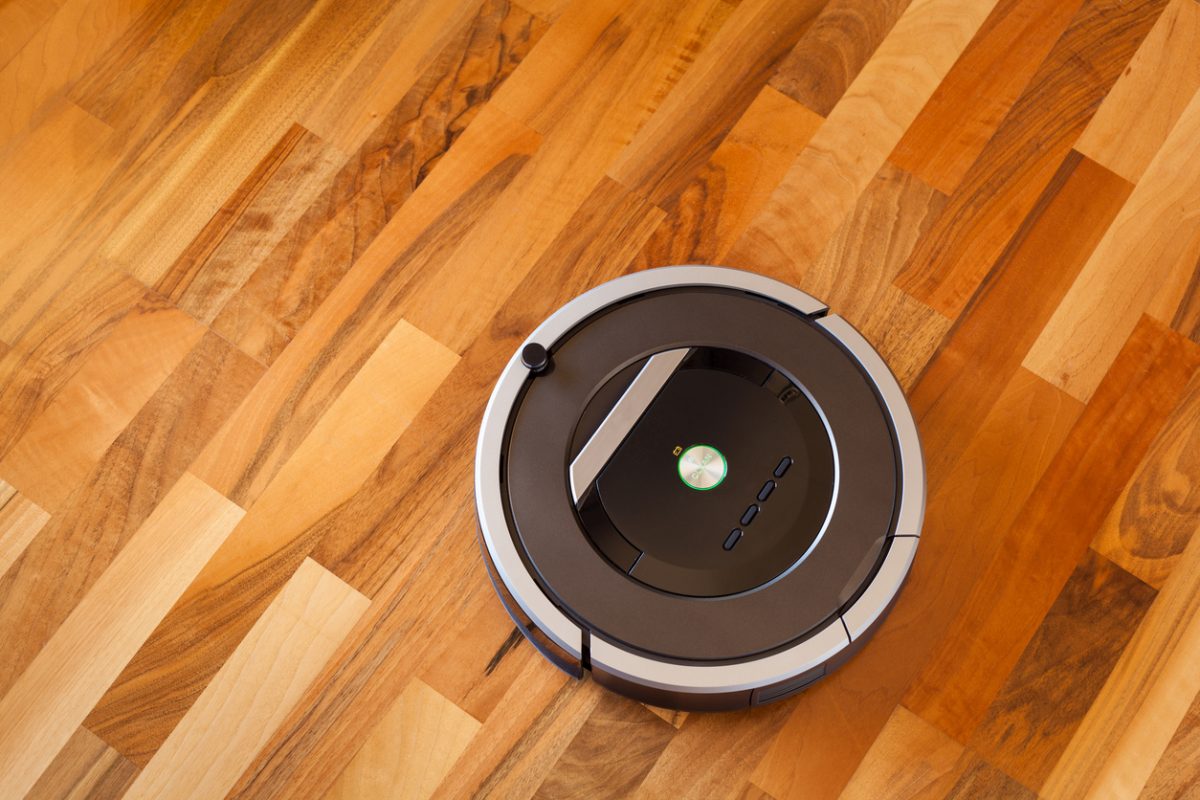
 Do robots live among your appliances? There’s a growing chance at least one type does. Sales of robotic vacuums and cleaning robots
Do robots live among your appliances? There’s a growing chance at least one type does. Sales of robotic vacuums and cleaning robots  The hundreds of robotic vacuum models on the market offer different features. They use different methods to find their way around a room, using laser, cameras or infrared sensors. They may have different work capacities or perform better on certain surfaces. Some models use lithium ion batteries, others use nickel metal batteries.
The hundreds of robotic vacuum models on the market offer different features. They use different methods to find their way around a room, using laser, cameras or infrared sensors. They may have different work capacities or perform better on certain surfaces. Some models use lithium ion batteries, others use nickel metal batteries.